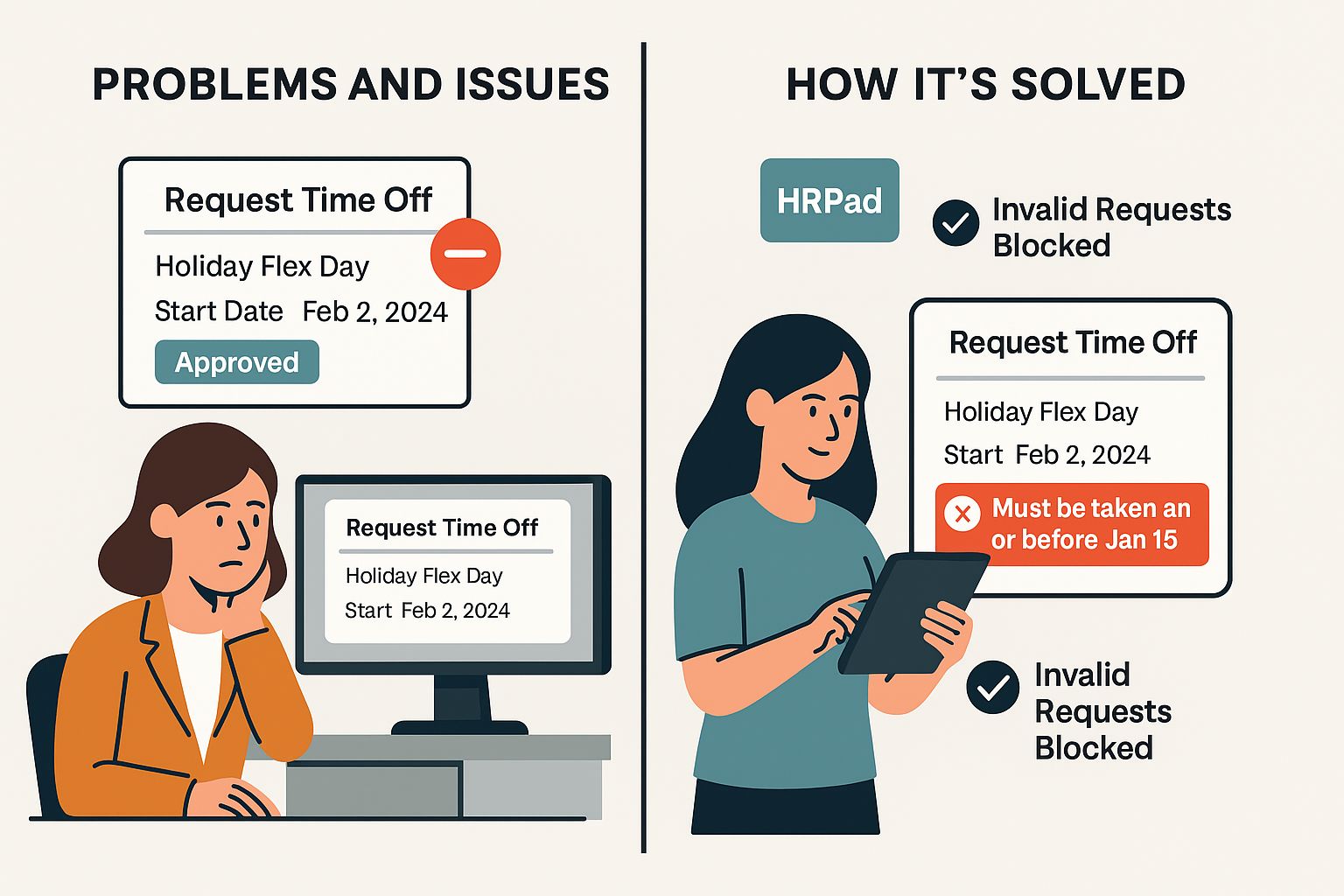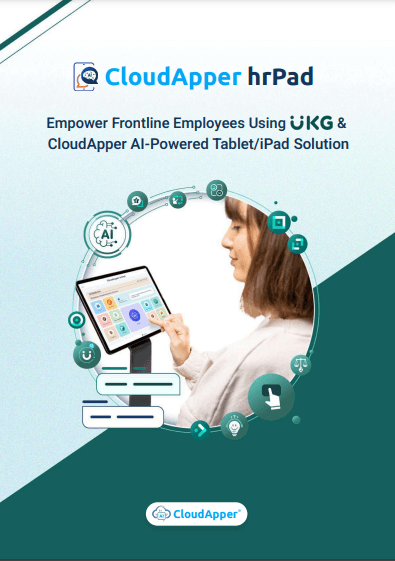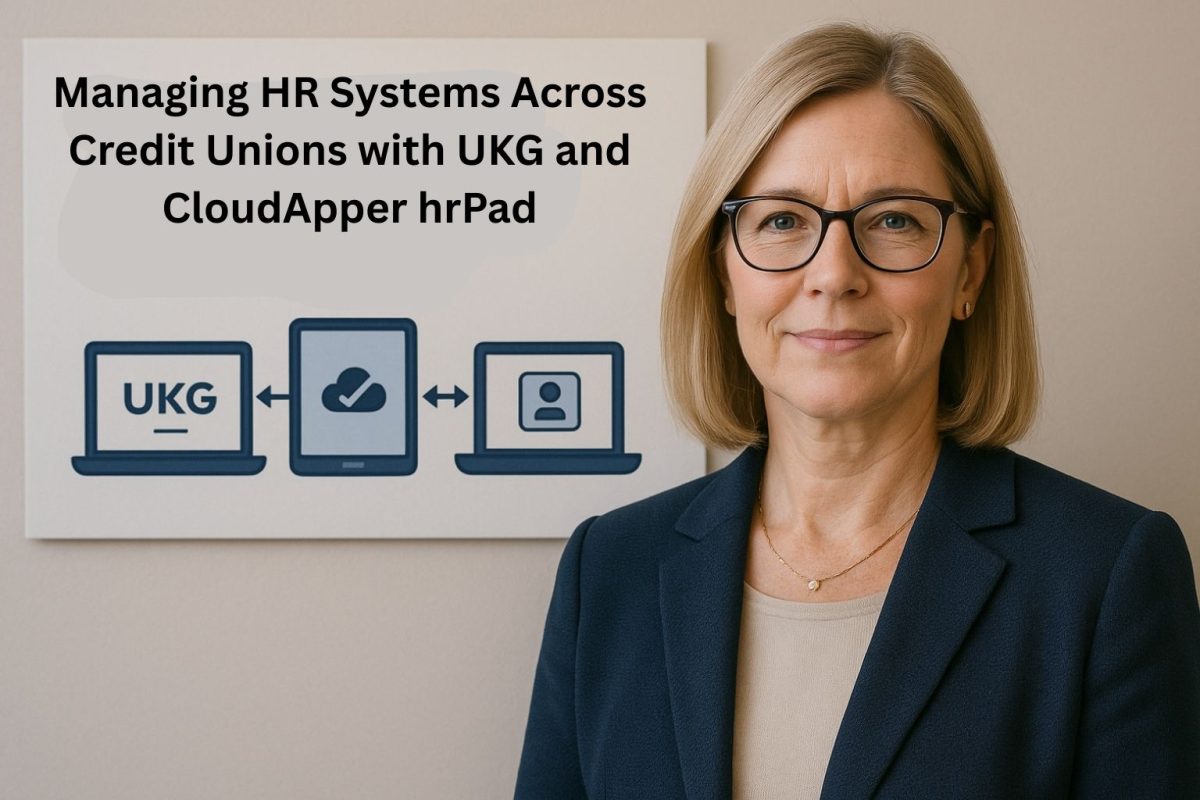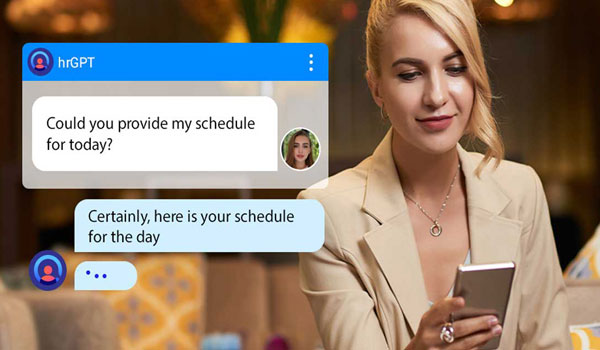A national retail chain faced costly payroll errors due to loopholes in UKG’s time-off eligibility rules—employees could sneak in leave requests past policy cut-off dates. Despite patches and validations, the problem kept resurfacing. With CloudApper hrPad, the company added a real-time enforcement layer that blocked invalid requests before submission—restoring compliance, eliminating negative balances, and saving HR teams hours every week. This is how one smart overlay fixed what native settings couldn't.
Table of Contents
Time Off Eligibility Rules in UKG can unravel if even one loophole lets employees schedule leave past a cut-off date. At a large national retailer, those rules collapsed when associates managed to book “Holiday Flex Days” weeks after they were supposed to expire.
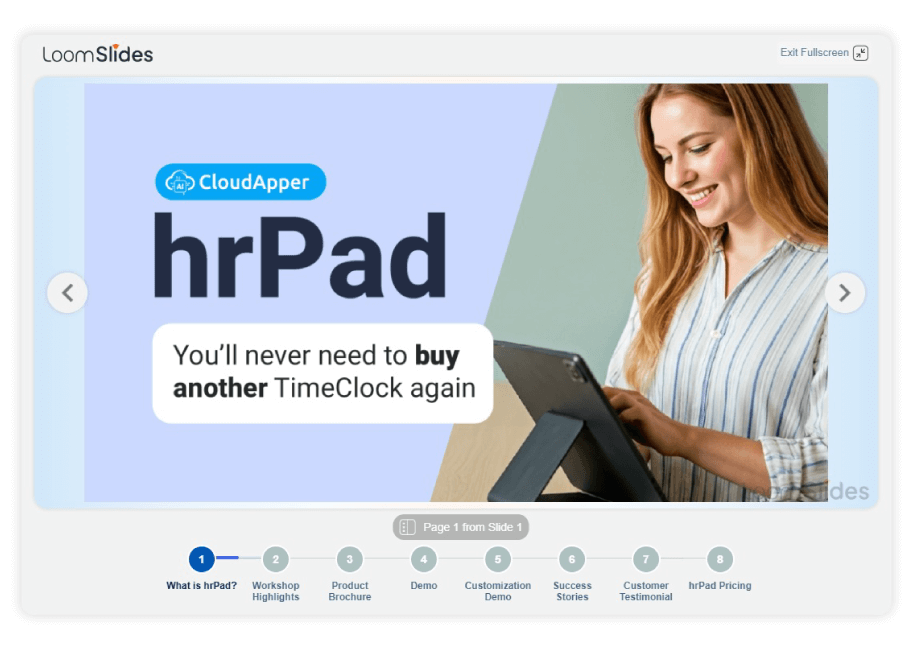
For more information on CloudApper hrPad for UKG visit our page here.
The resulting payroll corrections proved that Time Off Eligibility Rules in UKG alone were not enough—until the team placed CloudApper hrPad in front of the request screen and shut the loophole for good.
When a Simple Benefit Became a Payroll Nightmare
The retailer grants each employee a floating holiday that must be used by 15 January. UKG accrual plans were configured with a zero lower limit and no unpaid time allowed, yet associates bypassed the restriction by editing requests after managers had already approved them. Balances dipped to –8 hours, payroll spent Fridays on retro entries, and employees saw unexplained deductions on their next check.
Patchwork Fixes Keep Failing
The absence administrator added custom validations:
- Effective date ≤ 15 January
- Period start date ≤ 15 January
- Validation on the “edit request” business process
Each patch closed one gap but opened another. Stores used monthly, bi-weekly, and four-week schedules; no single rule covered every case. The growing tangle of validations became impossible to test, and one new store launched without the latest patch, re-creating the problem.
Discovery of a Complementary Layer
A peer in a regional user group mentioned CloudApper hrPad, a tablet-ready companion that overlays UKG without changing its core plans. The key feature was a Date Guard wizard: set one final eligible date per time-off type, and hrPad blocks any request or edit beyond that point in real time. The retailer’s HR leadership agreed to pilot the solution in three locations.
Pilot: Instant Enforcement, Clear Feedback
Installation took under two hours:
- Select time-off type: Holiday Flex Day
- Set last eligible date: 15 January
- Allow HR overrides with reason logging
On day one, an associate attempted to edit a previously approved request from 14 January to 2 February. A red banner appeared: “Holiday Flex Day must be taken on or before 15 Jan. Choose a valid date.” The edit was blocked, the manager never saw an invalid request, and hrPad logged the attempt for audit.
Chain-Wide Rollout Without Rule Rewrites
Confident in the pilot, the retailer replaced the native “Request Time Off” link with the hrPad tile in every store portal. UKG continued to track balances, while hrPad served as the gatekeeper. The team added another rule for a Summer Session PTO that expires 31 August. Changing future cut-off dates now takes seconds—simply updating one field in the hrPad admin console.
Three-Month Results
| Metric | Before hrPad | After hrPad |
|---|---|---|
| Late Holiday Flex requests | 96 | 4 (HR-approved exceptions) |
| Payroll retro corrections | 42 | 0 |
| Employee complaints about leave deductions | High | Near zero |
| HR hours spent on balance fixes | 12 per pay period | <1 |
Associates trust the balance they see, managers spend less time answering policy questions, and payroll now closes on schedule.
Why hrPad Succeeded
- Single cut-off rule—One date covers all period schedules, eliminating clones.
- Real-time interception—Late edits never reach approval.
- Clear employee messaging—Immediate banner explains why a date is invalid.
- HR override audit trail—Each exception logs with a reason for compliance review.
- No impact on core plans—UKG remains the accrual engine; hrPad simply enforces policy.
Leadership Takeaways
By complementing UKG with hrPad rather than rewriting plan logic, the retailer saved IT time and reduced risk. With the Date Guard pattern working, HR leaders extended hrPad validation to pandemic carry-over banks and volunteer days that expire mid-quarter. One centralized table now controls all critical cut-off dates.
Conclusion
Relying solely on native eligibility settings left one retailer exposed to costly leave overages. CloudApper hrPad added a focused, date-driven shield—simpler than a web of custom validations and far more effective. The result is a reliable workflow that stops late requests before they start, keeps payroll accurate, and restores employee confidence in the system. Time saved, errors prevented, policy upheld—proof that the right companion layer turns complex Time Off Eligibility Rules in UKG into a set-and-forget safeguard.






